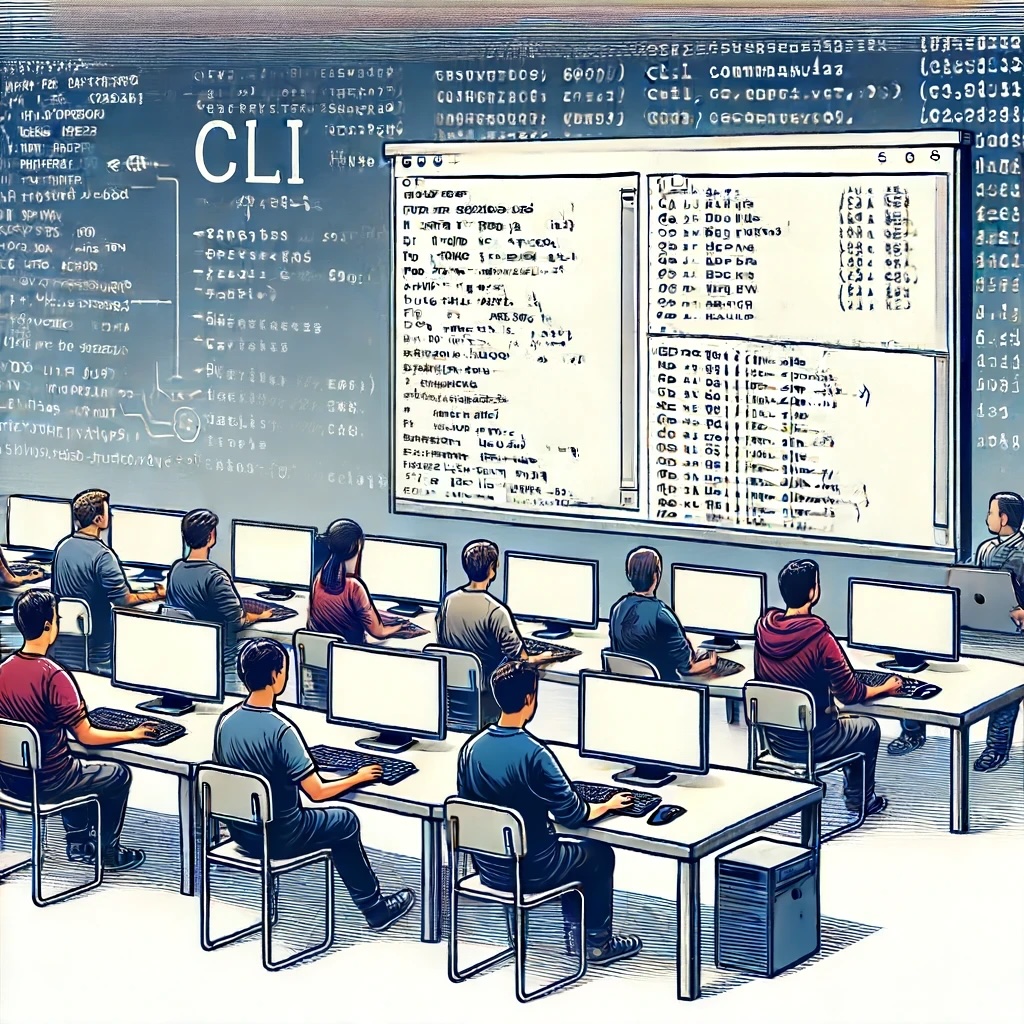
Understand what the command line interface is and why programmers need to use it
The command line interface (CLI) is a text-based interface used to interact with a computer’s operating system. Unlike graphical user interfaces (GUIs), which use windows, icons, and buttons, the CLI relies on text commands typed by the user. Programmers use the CLI because it offers powerful, flexible, and efficient ways to perform tasks such as file manipulation, program execution, and system management. It is especially useful for automation, scripting, and accessing system functions not available through the GUI.
Learn key command line terminology you’ll need to identify CLI in the wild
Familiarity with command line terminology is crucial for effective use. Key terms include:
- Command: An instruction given to the CLI to perform a specific task.
- Shell: The program that processes commands and returns results. Common shells include Bash, Zsh, and PowerShell.
- Terminal: The application that provides the user interface to the shell.
- Prompt: The text displayed by the shell indicating it is ready to accept commands.
- Path: The location of a file or directory in the file system.
- Argument: Additional information provided to a command to modify its behavior.
- Flag/Option: A modifier added to a command to change its function, often preceded by a dash (e.g.,
-l,--help).
Know how to accurately structure and execute a command
Commands in the CLI follow a specific syntax: [command] [options] [arguments]. For example, in ls -l /home/user, ls is the command, -l is an option that modifies the command, and /home/user is an argument specifying the directory to list. Understanding this structure is essential for correctly executing commands and achieving desired results.
Learn an essential set of commands you’ll need for programming
A core set of commands is vital for programming tasks:
ls: List directory contents.cd: Change the current directory.mkdir: Create a new directory.rm: Remove files or directories.cp: Copy files or directories.mv: Move or rename files or directories.touch: Create an empty file or update the timestamp of an existing file.grep: Search text using patterns.find: Search for files and directories.chmod: Change file permissions.nano/vim: Text editors for editing files directly in the terminal.
Be equipped with a solid understanding of how to navigate and access your files
Navigating and managing files via the CLI involves using commands like cd to change directories, ls to list files, and pwd to display the current directory. Understanding relative and absolute paths is crucial for locating files and directories. Mastery of file manipulation commands ensures efficient file management without needing a GUI.
Gain practice with a hands-on demonstration of CLI
Hands-on practice reinforces learning by applying concepts in real-world scenarios. A practical demonstration might include tasks such as navigating the file system, creating and organizing directories, manipulating files, and using search and text editing tools. This interactive approach helps solidify understanding and builds confidence in using the CLI for various programming tasks.